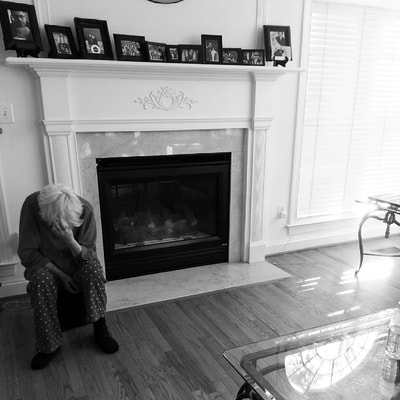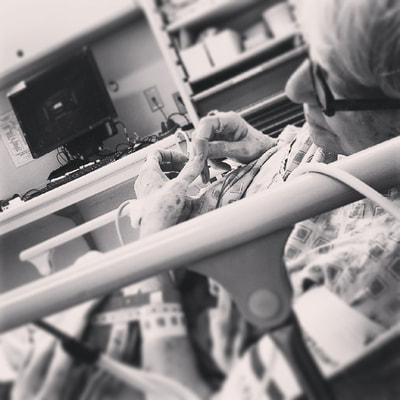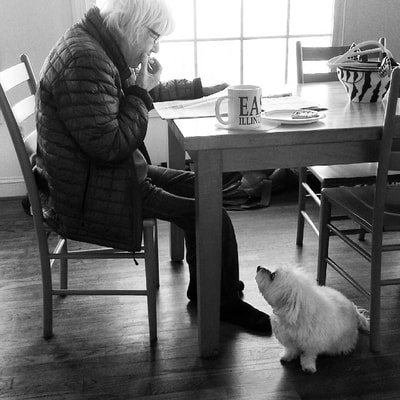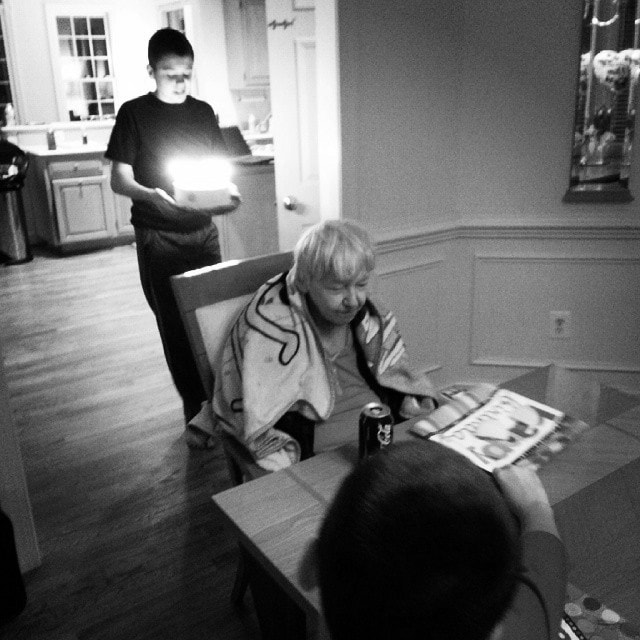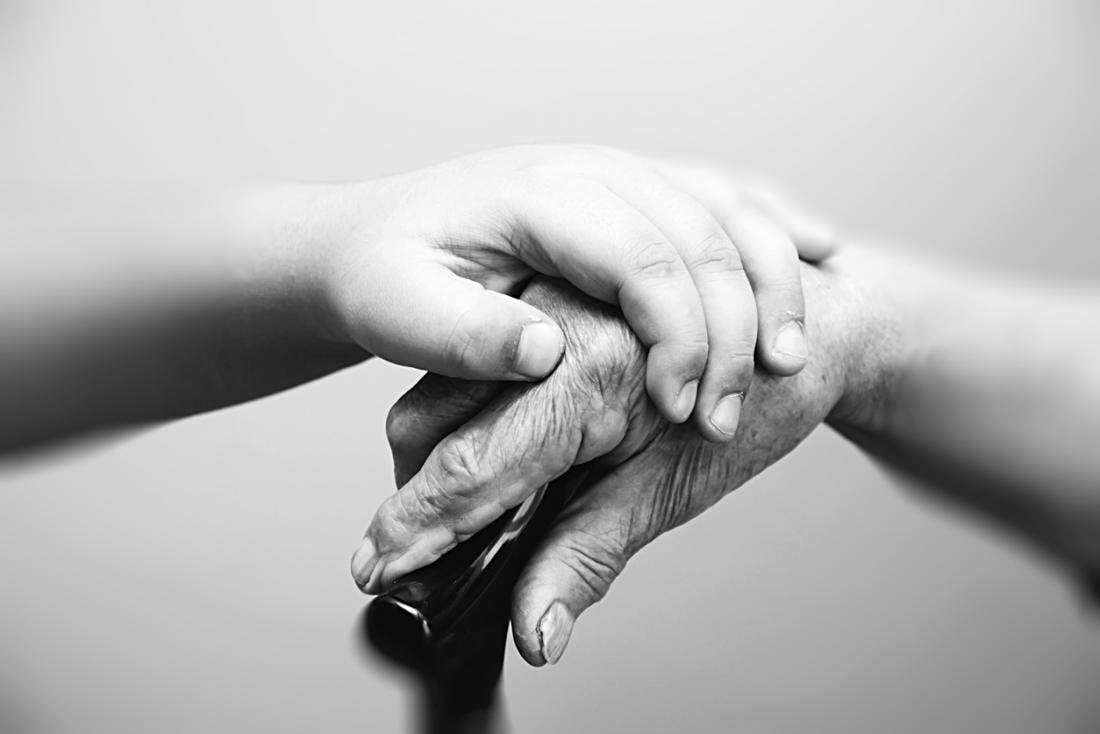Defining the problem - Who are Caregiving Youth - Outline of issues
A Kid Crisis in the United States
These statements are derived from The Social Policy Report - "The United States should recognize and support caregiving youth"
Emma Armstrong-Carter, Catherine Johnson, Julia Belkowitz, Connie Siskowski, Elizabeth Olson
Emma Armstrong-Carter, Catherine Johnson, Julia Belkowitz, Connie Siskowski, Elizabeth Olson
- The Society for Research in Child Development reports that in the United States, more than 5.4 million children and adolescents aged 18 years and under provide care for family or household members who are aging or have a chronic illness, disability, or other health conditions that require assistance;
- The term Caregiving Youth is the common terminology in the United States when referencing this population of children and adolescents who provide care;
- Florida was the first state ever to acknowledge Caregiving Youth by allowing one question on the 2019 Florida Youth Risk Behavior Survey (YRBS). "During an average week, on how many days do you provide care for someone in your family or household who is chronically ill (lasts three months or more), elderly, or disabled with activities they would have difficulty doing on their own?" Results indicate that 15.04% of high schoolers and 22.23% of middle schoolers provide care during the week, proving that more than 290,000 youth are caregiving in Florida. (The number is probably much higher, this survey didn't include private or home-schooled children)
- Caregiving Youth are distinct from other at-risk youth populations because they care specifically for a loved one who has a medical condition(s) (e.g., chronic physical or mental illness, disability) or functional decline requiring care and support to undertake everyday activities;
- Caregiving duties range from assisting with personal care such as dressing, bathing, eating, toileting, or assisting with mobility to managing medical equipment, administering medications, caring for a wound, preparing meals, translating language in medical settings, and more – all of which would typically be the responsibility of an adult;
- Many Caregiving Youth also provide significant, ongoing emotional support, particularly when a family member is struggling with a terminal or chronic illness;
- The dual role of Caregiving Youth as students and caregivers puts them at risk and, without support, compromises the performance of their academic, social, and emotional well-being because of the inherent challenges, demands, and stressors of providing care for an ill or disabled family member;
- *Racial minority groups and families who are financially insecure and without the disposable income to hire help at home are over-represented among the Caregiving Youth population;
- Caregiving Youth, compared to non-caregiver peers, disproportionately experience anxiety and depression, as well as physical health problems along with academic underachievement and/or are at a greater risk of school dropout as well as reduced educational options during transitions to adulthood and throughout the life course;
- In 2012, $8.5 billion was the estimated economic value of the contribution of the unpaid labor of Caregiving Youth in the U.S.; today, the monetary value is much higher;
- The numbers of Caregiving Youth are increasing due to an aging population, more multi-generation households, the opioid epidemic, lack of homecare insurance and services, advances in technology allowing for complex care at home (including for Veterans), more single parent/grandparent households, and the COVID-19 pandemic;
- Studies suggest that Caregiving Youth gain confidence, empathy, and practical skills, which promote resilience over time and also report both satisfaction and burden, including missing childhood, associated with their caregiving activities;
- Who would provide care if not for the children who fill a crucial role in caregiving services for family and household members? Some children have no choice. They are the only ones in single-parent or grandparent homes, and another family is not around or available to assist regularly. Others are assigned. They, too, have little choice. Yet others willingly step up to the plate to relieve another family member; they want to help or find pleasure and purpose in taking on these responsibilities.
- On the positive side, Caregiving Youth tend to mature more quickly and can be more compassionate than their non-caregiving peers, and they tend to be more altruistic humans. These unselfish kids have great potential to grow into generous, caring adults. They could help solve many of the problems they've already experienced in their young lives, like healthcare issues, caregiving, poverty, legal issues, medicine, etc., if recognized and given support;
- There is evidence demonstrating that when Caregiving Youth are recognized and supported, many of the challenges they experience are mitigated, resulting in academic and personal success;
Kids are Caregivers Too.
Five goals to make their lives better.
1. Bring Kids into the National Conversation on Caregiving
Whenever we talk about caregiving, kids who are living in the homes of adult caregivers, or people who need care, should be a part of the conversation.
2. Identify
Connect with us to help create ways for the parents to identify their child as a caregiving youth and allow the kids the ability to self-identify/designate themselves as caregiving youth in school on a confidential basis.
3. Support
Persuade the adults and peers to support youth caregivers in schools. Work with us to create school programs, teacher/counselor education, and build support resources between the healthcare industry, schools, and the community. Build pathways and programs to connect caregiving kids with resources that could help them in school and at home.
4. Reward
We want kids to get Service Learning Hours and Recognition for caregiving in their homes by their schools. The goal is for all children who have or are currently caregiving for an Alzheimer’s patient, or anyone with a serious illness in their home to receive credit for Service-Learning Requirements and consideration for Service.
Recognition Awards from any institution where service is part of a curriculum.
We believe that kids who provide care supply an invaluable Civil/Community Service and should be recognized and rewarded the same as any student participating in scouting, band, sports, or other recognized school activity.
We would like to see special designations or points on college applications - create a standardized way that colleges can immediately recognize caregiving kids for their significant life experience serving others. We will assist other organizations working on solutions, recognition, and support for child caregivers. For Example - Here are the details on civil service hours in Virginia - what we want - in every state. For Example - Here are the details on civil service hours in Virginia - what we want - in every state.
Whenever we talk about caregiving, kids who are living in the homes of adult caregivers, or people who need care, should be a part of the conversation.
2. Identify
Connect with us to help create ways for the parents to identify their child as a caregiving youth and allow the kids the ability to self-identify/designate themselves as caregiving youth in school on a confidential basis.
3. Support
Persuade the adults and peers to support youth caregivers in schools. Work with us to create school programs, teacher/counselor education, and build support resources between the healthcare industry, schools, and the community. Build pathways and programs to connect caregiving kids with resources that could help them in school and at home.
4. Reward
We want kids to get Service Learning Hours and Recognition for caregiving in their homes by their schools. The goal is for all children who have or are currently caregiving for an Alzheimer’s patient, or anyone with a serious illness in their home to receive credit for Service-Learning Requirements and consideration for Service.
Recognition Awards from any institution where service is part of a curriculum.
We believe that kids who provide care supply an invaluable Civil/Community Service and should be recognized and rewarded the same as any student participating in scouting, band, sports, or other recognized school activity.
We would like to see special designations or points on college applications - create a standardized way that colleges can immediately recognize caregiving kids for their significant life experience serving others. We will assist other organizations working on solutions, recognition, and support for child caregivers. For Example - Here are the details on civil service hours in Virginia - what we want - in every state. For Example - Here are the details on civil service hours in Virginia - what we want - in every state.

